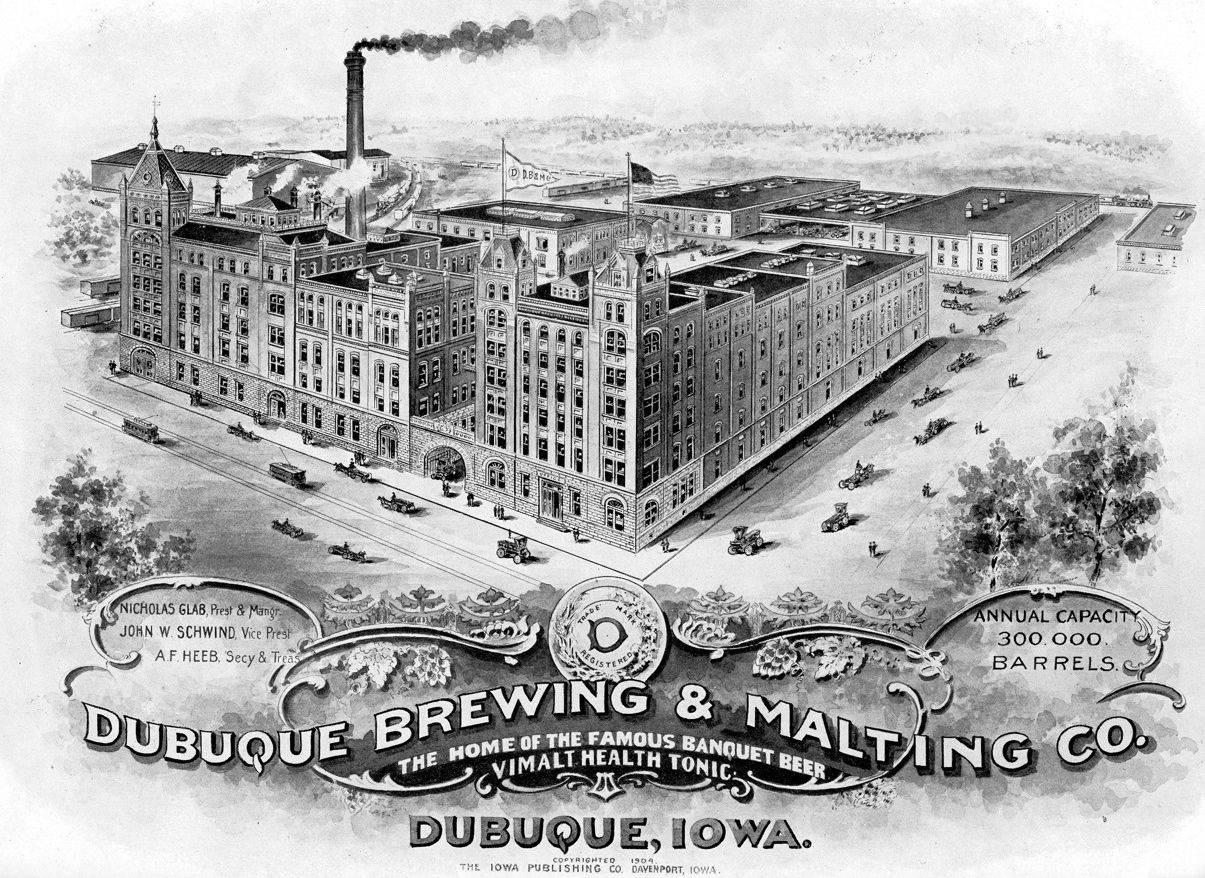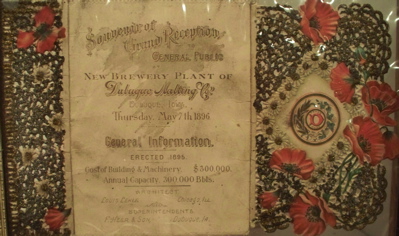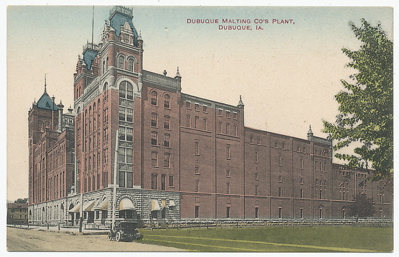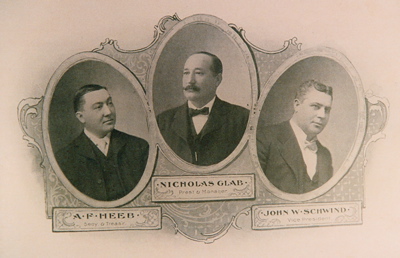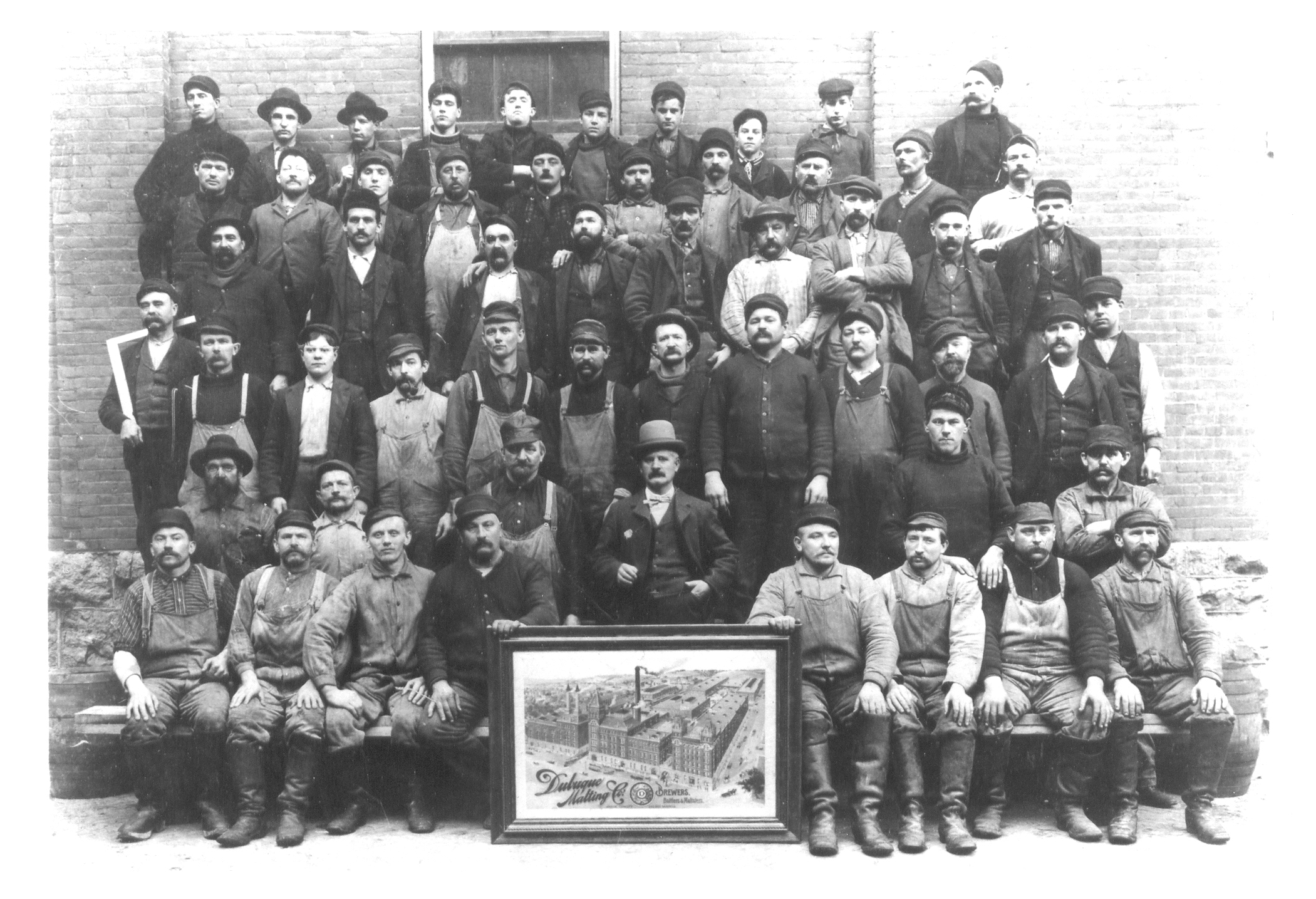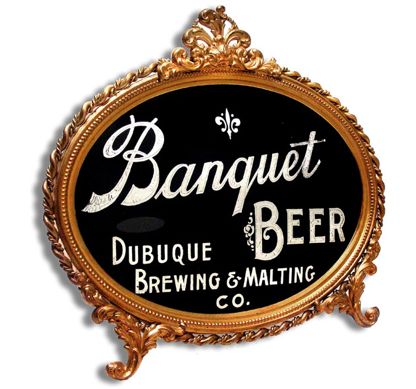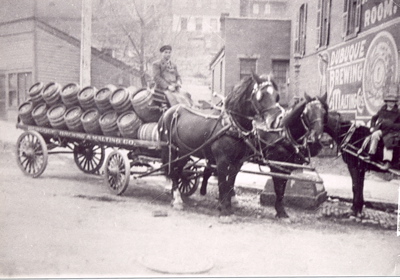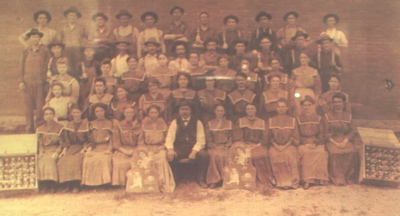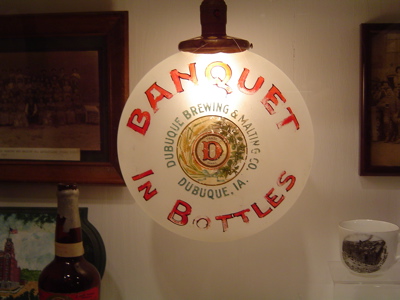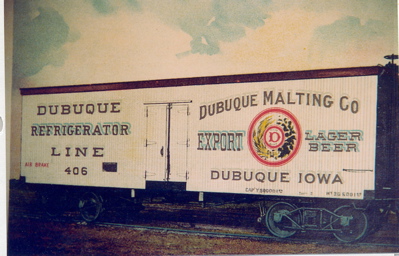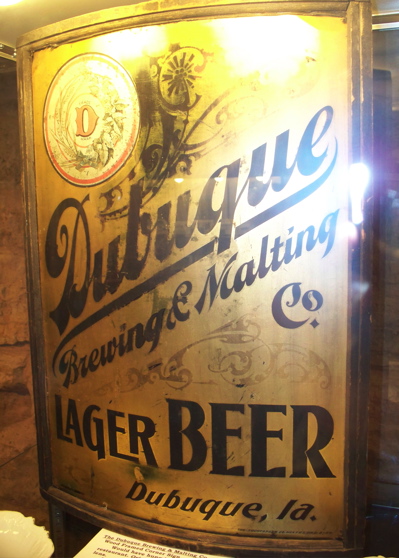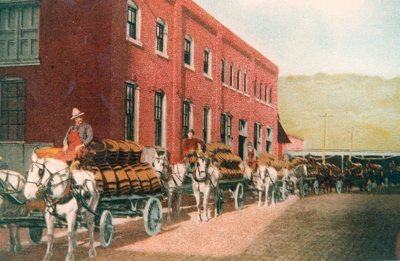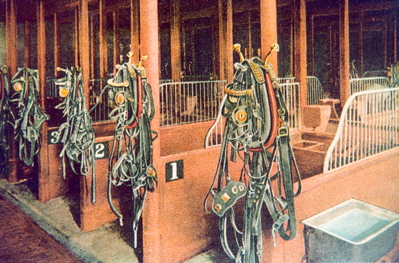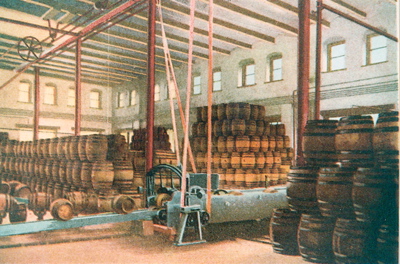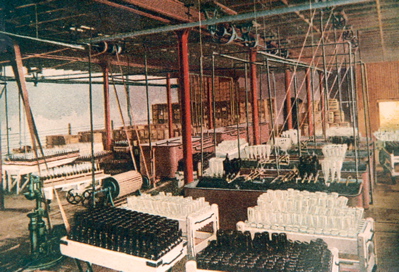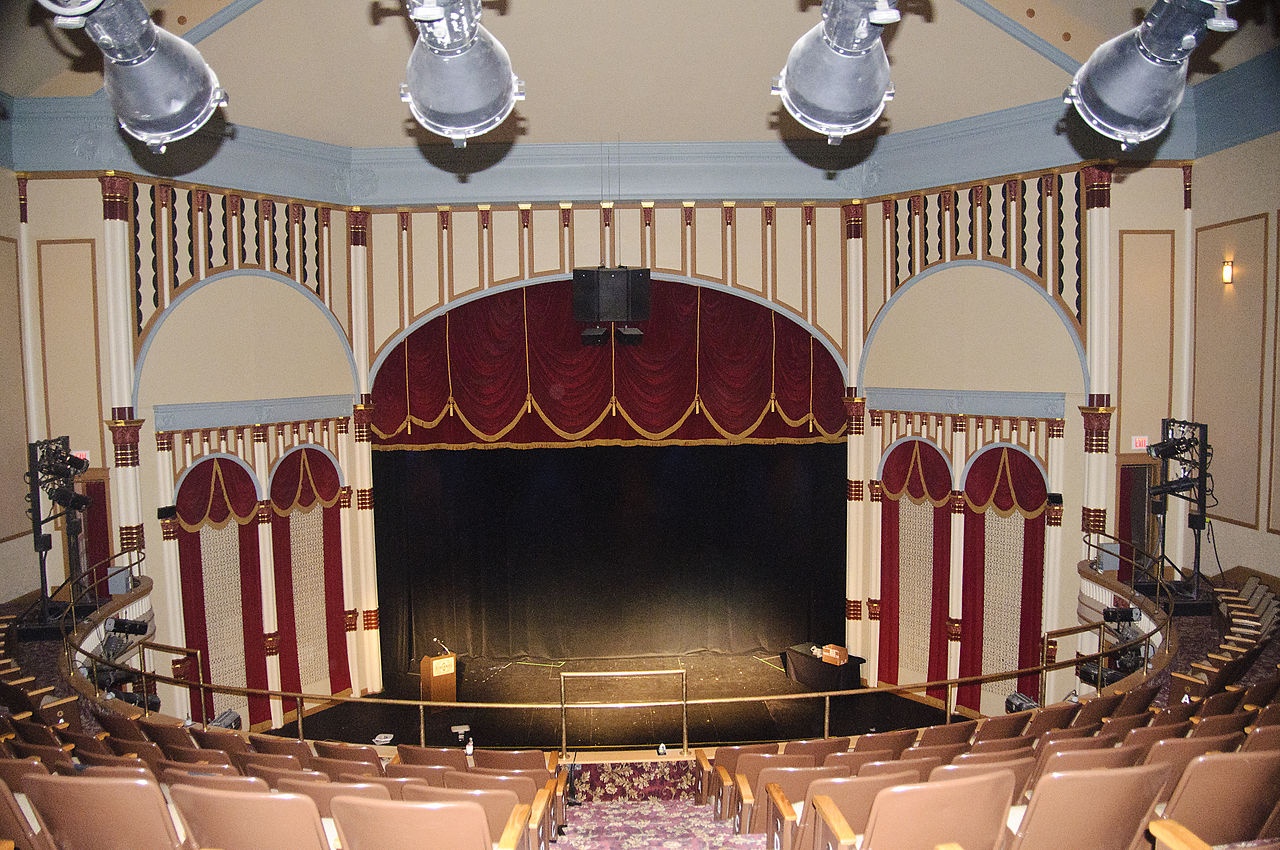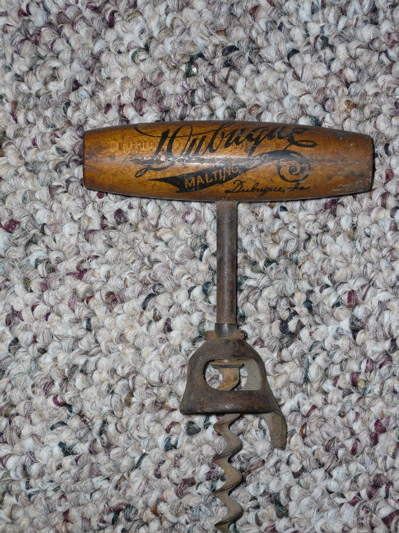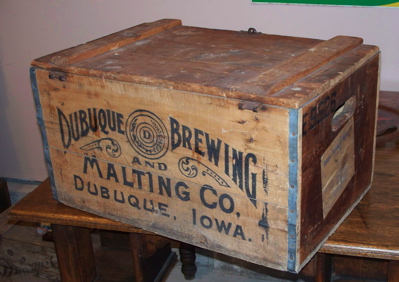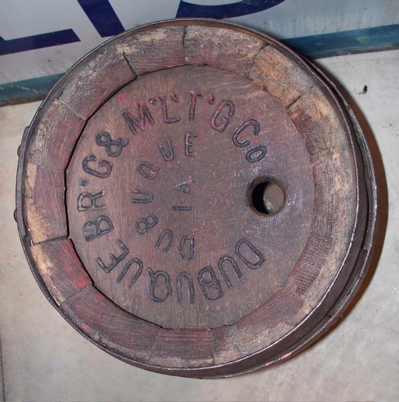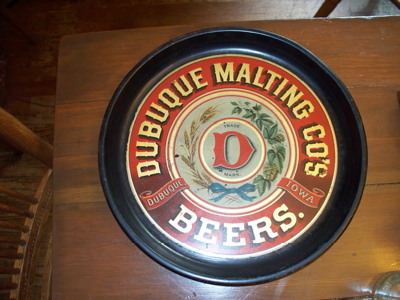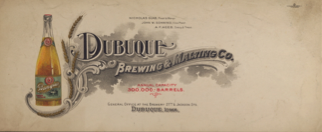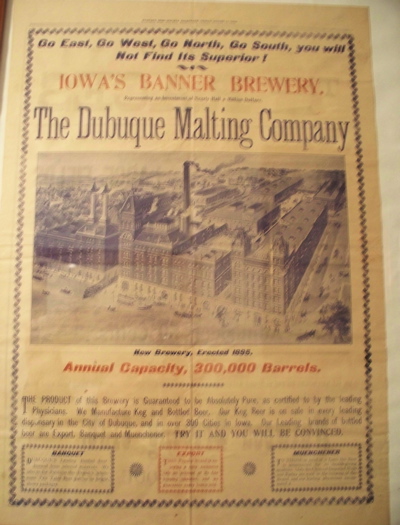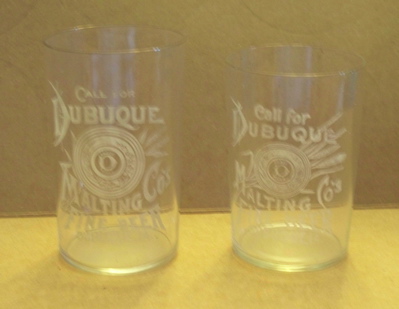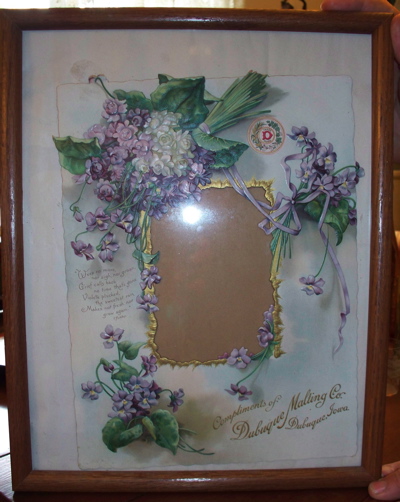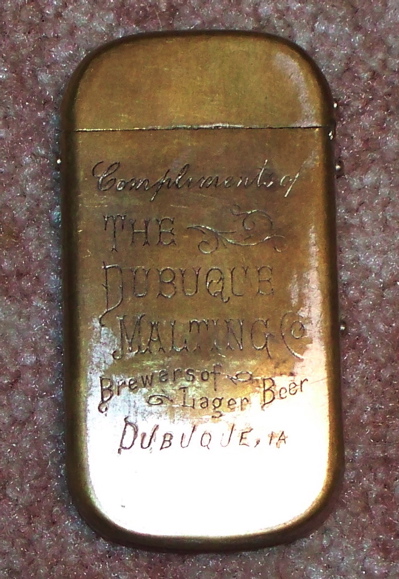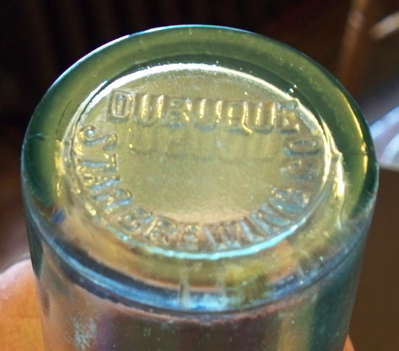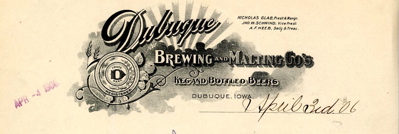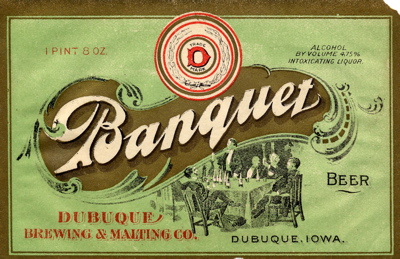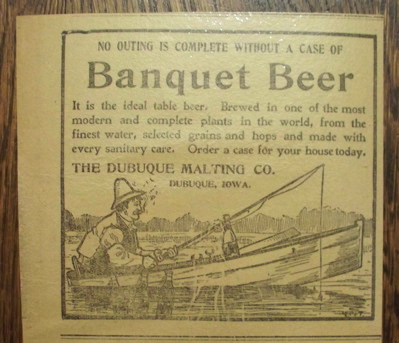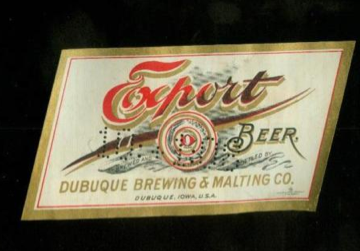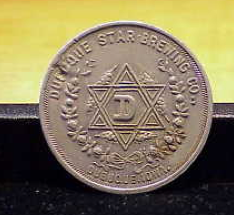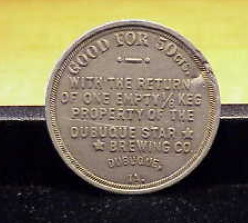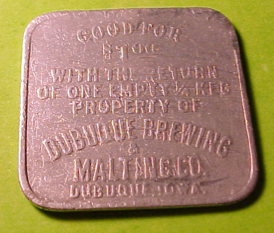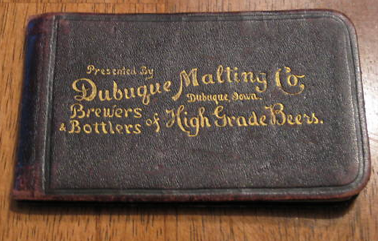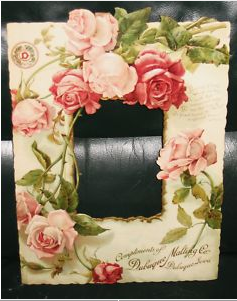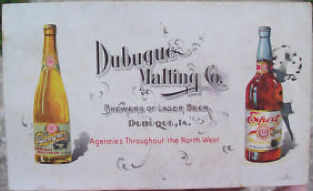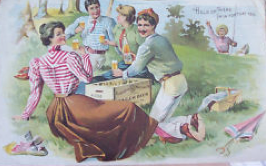Encyclopedia Dubuque
"Encyclopedia Dubuque is the online authority for all things Dubuque, written by the people who know the city best.”
Marshall Cohen—researcher and producer, CNN
Affiliated with the Local History Network of the State Historical Society of Iowa, and the Iowa Museum Association.
DUBUQUE BREWING AND MALTING COMPANY: Difference between revisions
No edit summary |
No edit summary |
||
| Line 16: | Line 16: | ||
[[Image:DBMC.jpg|left|thumb|250px|Image courtesy: Cathy's Treasures]] | [[Image:DBMC.jpg|left|thumb|250px|Image courtesy: Cathy's Treasures]] | ||
Revision as of 16:25, 18 March 2012
DUBUQUE BREWING AND MALTING COMPANY. Once the Midwest's premier beer-brewing facility. Increased demand for beer prompted four local BREWERIES to consolidate in 1892. Joining together to form the Dubuque Brewing and Malting Company were the DUBUQUE BREWING COMPANY, NORTHERN BREWING COMPANY, IOWA BREWERY, and the Western Brewing Company.
The resulting company at 30th and Jackson STREETS covered ten acres with modern buildings and machinery costing $500,000. The annual production capacity was 300,000 barrels of beer. Water was supplied from an artesian well on the premises and cooling was done by ice machines.
Designed by Louis Lehle, a respected Chicago brewery architect, the building was one of Dubuque's outstanding examples of ROMANESQUE ARCHITECTURE. The plant, then considered the most modern of its type in the country, was estimated to have 224,500 square feet of floor space. Delivery vehicles that drove thirty miles before the batteries needing replacing were used.
In 1916 PROHIBITION closed the brewery. Legends persist that Alphonse CAPONE used the facilities and shipped out its illegal beer in milk cans.
Corn Belt Packing Company, a local meat packing firm, opened for business in the former brewery on October 15, 1919. Fred Kretschmer succeeded A.B. McCue as president and was generally given credit for making the company profitable. The beginning of the Great Depression, however, closed the plant.
In 1934 the brewery was purchased by Joseph Marko and M.L. Blumenthal who spent an estimated $100,000 remodeling the plant which was never reopened. Beginning in 1940 the company, which the two investors had renamed the Julien Dubuque Brewing Company, was used by the DUBUQUE PACKING COMPANY as a ham storage warehouse. The H & W Motor Express Company used the location as a home office and terminal.
In 1977 the home of the former Dubuque Brewing and Malting Company was placed on the NATIONAL REGISTER OF HISTORIC PLACES. After protests by the two corporate owners, the Division of Historic Preservation of the Iowa State Historical Department removed the buildings from the Iowa register.
The city council hastily established a conservation district in November 2005 after learning the owners sought a demolition permit. The original plan was to sell the bricks and steel at a hefty profit, but historic preservationists pursued an avenue to prevent the structure's loss. As part of a conservation district, the Historic Preservation Commission gets first review of demolition permits.
In the fall of 2008 the city considered including the building in a new urban renewal district. The concept developed because the DUBUQUE STAMPING AND MANUFACTURING, INC. was planning a multi-million dollar expansion project. The city could create tax incentives that would make it less expensive for a developer to expand, or restore a building here.
In 2010 the building became subject to the city's Demolition by Neglect enforcement ordinance. The building's condition made the cost of repairs exorbitant. The owners requested the conservation district be removed to provide them an opportunity to demolish the most deteriorated parts of the structure. They also contacted DUBUQUE MAIN STREET, LTD. for help in finding grants and funding sources. Potential funding included tax-increment financing, federal and state historic tax credits and new-market tax credits.
Although bricks sometimes fall from the facade, the structure in 2010 was considered sound. Outside walls are 2 feet and seven bricks deep.
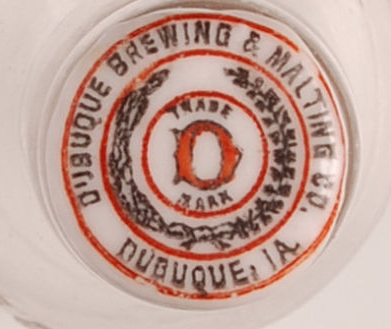
---
Source:
(Photo Courtesy: http://www.dubuquepostcards.com)
Information booklet accompanying Bob Reding's display of Dubuque memorabilia from 2007-2010 at the Old Jail
What is the Future of Dubuque's Iconic North End Brewing and Malting Complex?--www.preservationiowa.org/news/newsItem.php?id=106


